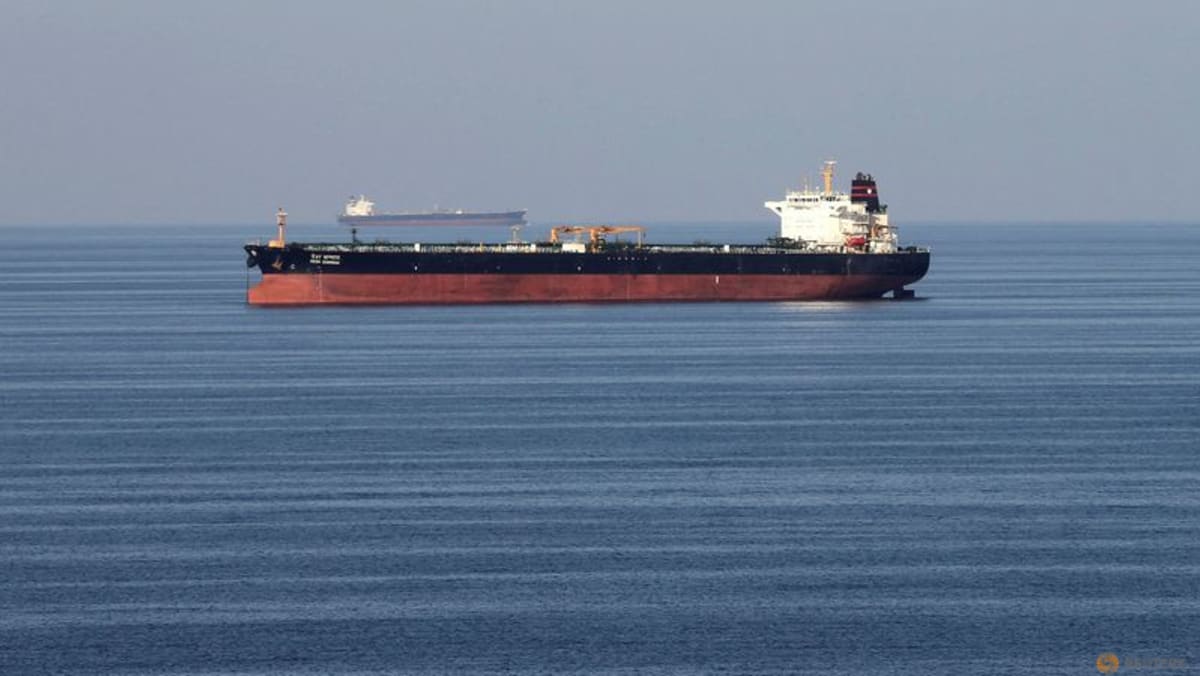U.S. Bombs Iran’s Key Nuclear Sites, Heightens Tensions in Middle East

In a significant escalation of the ongoing conflict in the Middle East, the United States has targeted and bombed Iran's three major nuclear facilities. This aggressive move by the U.S. military has drawn immediate condemnation from Tehran, which vowed to exercise all available options to defend its sovereignty and national interests. The Iranian leadership is known for its strategic maneuvering in the region, and this incident may lead them to consider alternative methods of exerting pressure on their adversaries, particularly by threatening to restrict access to the crucial Strait of Hormuz.
The Strait of Hormuz, a vital waterway located at the entrance of the Persian Gulf, plays an indispensable role in global oil transportation, handling approximately 25% of the world's seaborne oil trade. If Iran were to block or significantly limit navigation through this narrow passage, the repercussions would be felt worldwide, as it could cause oil prices to surge dramatically, potentially destabilizing the already fragile global economy. The threat of such action is not new; Iran has historically targeted merchant vessels in the area and has periodically threatened to close the strait, showcasing their willingness to escalate tensions.
Prior to the U.S. airstrikes, shipping activities in the region, particularly through the Strait of Hormuz, had remained relatively unaffected by the rising hostilities. In fact, there was a noticeable increase in oil shipments from Iran itself, while oil tanker traffic through the strait stayed largely consistent. However, following the recent developments, Greece's shipping ministry took the precautionary step of advising local vessel owners to reconsider their routes through the strait.
For a clearer understanding, the Strait of Hormuz serves as a key connector between the Persian Gulf and the Indian Ocean, bordered by Iran to the north and the United Arab Emirates and Oman to the south. The strait stretches approximately 161 kilometers in length and narrows to just 33.8 kilometers at its tightest point. The shipping lanes, which are limited to 3.2 kilometers in width, pose additional risks due to their shallow depths, making ships more susceptible to mines and attacks from land-based missiles, as well as interception by patrol boats and helicopters.
Beyond oil, the strait is equally critical for the transport of liquefied natural gas (LNG), with over 20% of the world's LNG supply—primarily sourced from Qatar—passing through this strategic corridor. According to data provided by Bloomberg, it is projected that in 2024, approximately 16.5 million barrels of crude oil and condensate per day will navigate through the Strait of Hormuz, further underscoring its significance to both the region's economies and the global energy market.


























